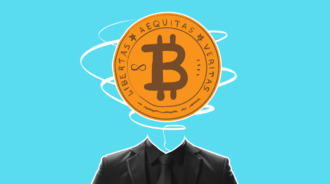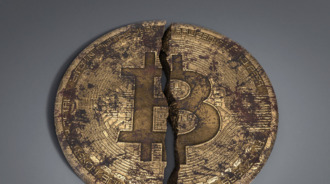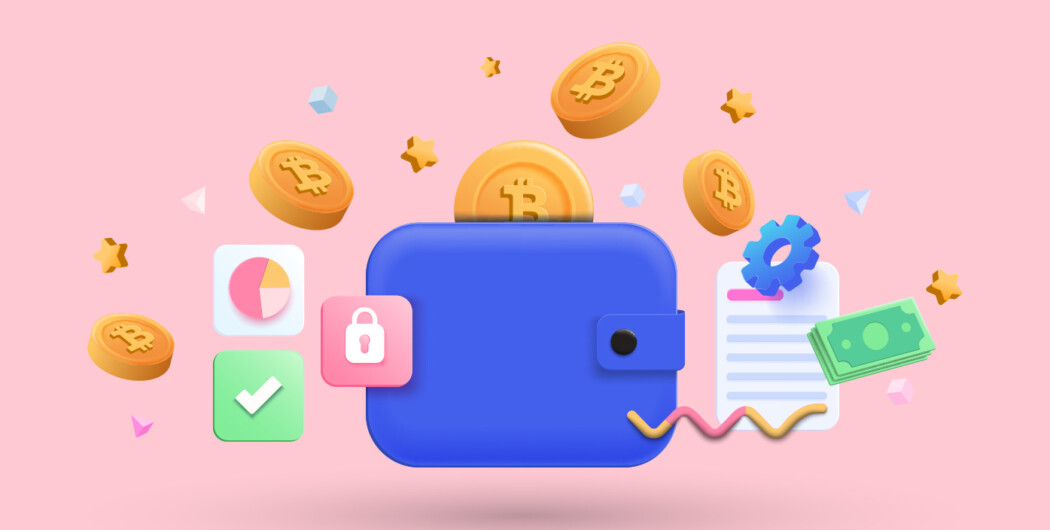

There is a phenomenon known as lost bitcoins. It refers to the estimated 20% of all Bitcoins in existence that are currently inaccessible or considered lost. And considering there are over around 19 million bitcoins that have been mined and are in circulation at a price of around $30,000, there is a lot of capital missing.
The concept of lost bitcoins has led to some interesting debates within the crypto community, and the security of cryptocurrencies remains a major concern. To mitigate these risks, holders are advised to follow the best practices, and this article will list the ten most important recommendations.
Why cryptocurrency wallets remain vulnerable despite the security of blockchain
Although blockchain technology provides a high degree of security, it is not impregnable.
Can Bitcoin be hacked? The underlying blockchain technology has proven to be incredibly secure. The decentralized nature of the blockchain, where transactions are verified by a network of nodes rather than a single central authority, makes it difficult for anyone to manipulate the system.
However, cryptocurrency wallets can be a weak point in overall security. If a hacker gains access to someone’s wallet information, they could potentially steal their Bitcoin or other digital assets the wallet stores. Some wallets may have security flaws or vulnerabilities that hackers can exploit. And even if the wallet itself is secure enough, the holder’s actions can be the reason for wallet-related security issues.
You also need to keep in mind that cryptocurrency transactions are irreversible. If someone does manage to steal your funds from the wallet, there is no way to reverse the transaction or recover the funds. This creates a strong incentive for malicious actors to target crypto wallets.
The biggest threats and risks to your digital assets
From hackers to regulatory changes, there are a number of factors that can put your digital assets at risk:
- Loss of digital assets – If you lose your private or forget your password, you’ll lose access to your account with no option for account recovery. That’s what causes those infamously lost bitcoins.
- Theft – Once a hacker gains access to your crypto wallet or exchange account, they can easily transfer your assets to their own account, potentially leaving you with nothing.
- Human error – Mistakes as simple as sending your digital assets to the wrong address are all too common in the world of digital assets. And then, there is no going back, and there is no central authority to turn to for help.
- Market volatility – The value of cryptocurrencies can fluctuate rapidly. And if you sell your digital assets at the wrong time, you may suffer serious losses.
- Regulatory risks – The industry is largely unregulated. So, there is always a risk that regulators could enact laws or regulations that restrict or ban the use of cryptocurrency.
You may not be able to completely eliminate all potential sources of risk. At the very least, because there are factors that you can’t control. But the first three risks on the list are within your control and can be mitigated by taking appropriate security measures.
1. Use reputable and trusted crypto wallets and exchanges
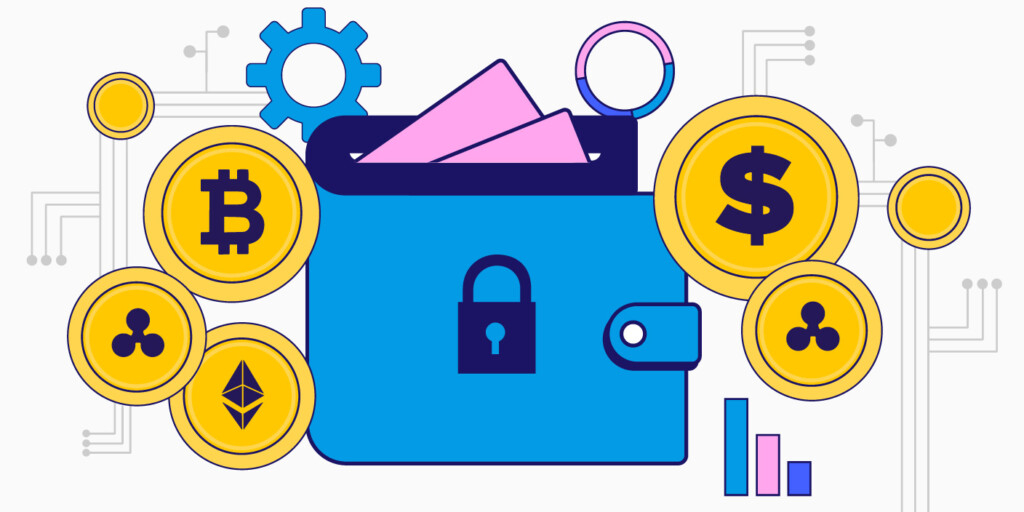
One of the best ways to keep your funds safe is by using reputable and trusted crypto wallets and exchanges. Bigger names are usually more secure than their lesser-known counterparts. These companies have been around for a while, having generated a good track record and implemented strict measures to protect their users’ funds, including encryption and cold storage.
Popular and well-established platforms are also more responsive and helpful in resolving any issues you may have with your account. If you’re not sure about something with your account, it’s always best to ask for help. You can find contact information on the website or in the app.
It’s a good idea to check if the platform is registered or licensed with relevant regulatory bodies in your country or region. This further verifies the platform’s legitimacy and gives you greater confidence in using its services.

2. Avoid storing your cryptocurrency assets on an exchange
If you’re a beginner in the crypto world, you may be confused about what wallets and exchanges are for. A wallet stores your private keys, which are the secret codes to access your cryptocurrency holdings. An exchange, on the other hand, is an online platform that allows you to buy, sell, or trade cryptocurrencies. Sure, it’s possible to hold crypto on an exchange, but it’s not recommended.
Even the most secure crypto exchange isn’t completely immune to hacking or other security breaches. When you hold your cryptocurrency on an exchange, you’re essentially trusting the exchange to keep your funds safe and secure. But with a wallet, you have full control over your private keys and can protect them with strong passwords or other measures.
Another possible risk of storing your crypto on an exchange is that your funds may get frozen or seized if the company’s found to be non-compliant with regulatory requirements. There have already been cases like that.
3. Use different wallets for different types of cryptocurrencies
Using different wallets is like having separate lockers for different valuables, each with its own unique key. This way, even if someone gains access to one of your wallets, they won’t have access to all of your funds. Plus, your funds are easier to manage and track.
This may even be necessary. Different types of cryptocurrencies have different features and algorithms, which means the wallet should be able to support that type specifically. Ensure that your chosen wallet is compatible with the type of cryptocurrency you want to store. For example, some wallets may only support Bitcoin-based cryptocurrencies, while others may support a wide range of digital assets.
But the main point is to spread your funds across wallets. It may seem grim, but at least some of your funds in the event of a security breach.
4. Consider multi-signature wallets
With a multi-signature wallet, you need multiple signatures or approvals to access your funds. This means that even if someone gains access to one of your private keys, they won’t be able to access your funds without additional approvals. This is an underused measure for safe cryptocurrency storage.
For example, arrange a multi-signature wallet that requires approval from two or three people. This could include you, your spouse, and your financial advisor, for example. In order to access your funds, at least two of these three people would need to provide their approval.
The practice is followed by cryptocurrency exchanges, custodians, and other businesses that need to securely store large amounts of digital assets. If it works for them, it works for individuals, too.
5. Create a strong password and never reuse
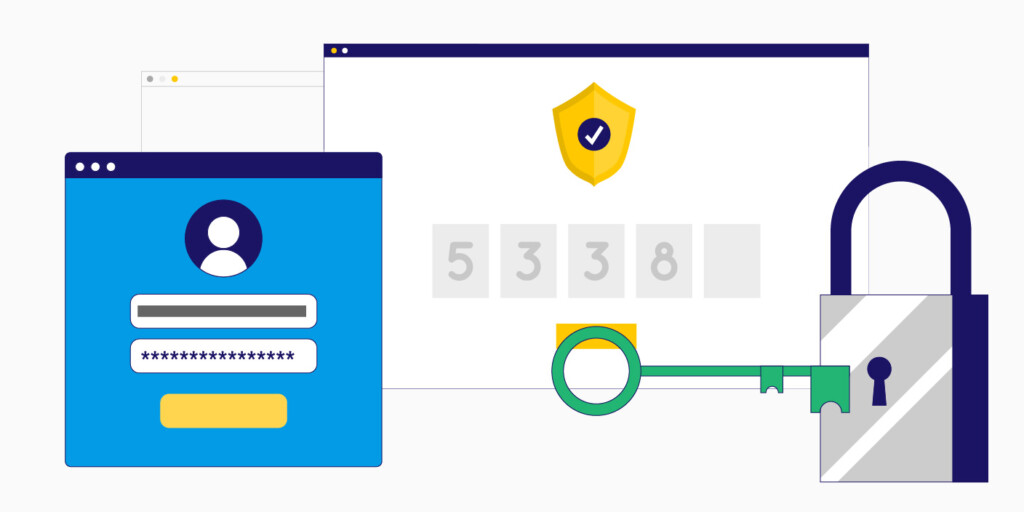
First of all, password security. When you choose a password, use a combination of uppercase and lowercase letters, numbers, and symbols to make it as difficult to guess as possible. For example: b6Z#9k2Mq@8W or wEF>FlCyj>Uy_40.
Avoid using common phrases or easily guessable information like your name, birth date, or pet’s name. Bad examples: sanfrancisco123 or johndoe1985. Ideally, there shouldn’t even be any real words, as there are sophisticated tools to crack dictionary-based passwords.
Another important thing to remember is to never reuse passwords for multiple accounts. Otherwise, if one of your crypto accounts is compromised, you’d be putting all of your digital assets at risk. It does make it harder to keep track of all your passwords, but the extra step is worth the effort.
And obviously, never send your passwords online, even if it’s to a trusted person.
6. Have a separate email address for crypto-related activity
An email may seem like a small detail, but it can actually make a big difference in terms of security. Imagine having a single mailbox for all your letters, both work-related and personal. It could be a recipe for disaster, especially if someone gains access to it and starts digging through your private correspondence. The same goes for your email address when it comes to your cryptocurrency activities.
A separate email address not only adds an extra layer of security to your digital assets but also helps you stay organized. You’ll be able to easily keep track of your crypto-related correspondence while also having a clearer view of phishing emails.
7. Enable two-factor authentication
2FA is an extra layer of crypto security that requires you to provide a second form of identification, in addition to your password, to access your cryptocurrency accounts.
There are several types of 2FA methods available, with the most popular being text messages and authenticator apps. SMS codes are convenient, but they can also be vulnerable to SIM-swapping attacks. As for authenticator apps, they generate unique codes that expire after a short time period, making it harder for potential attackers to gain access to your account.
Some exchanges and wallets also offer 2FA via email. However, this method is considered less secure due to the potential for email interception or phishing attacks.
Whatever 2FA option the service offers, you’re always recommended to take a few extra seconds to enter the code and verify your identity.
8. Set up alerts and notifications for any activity
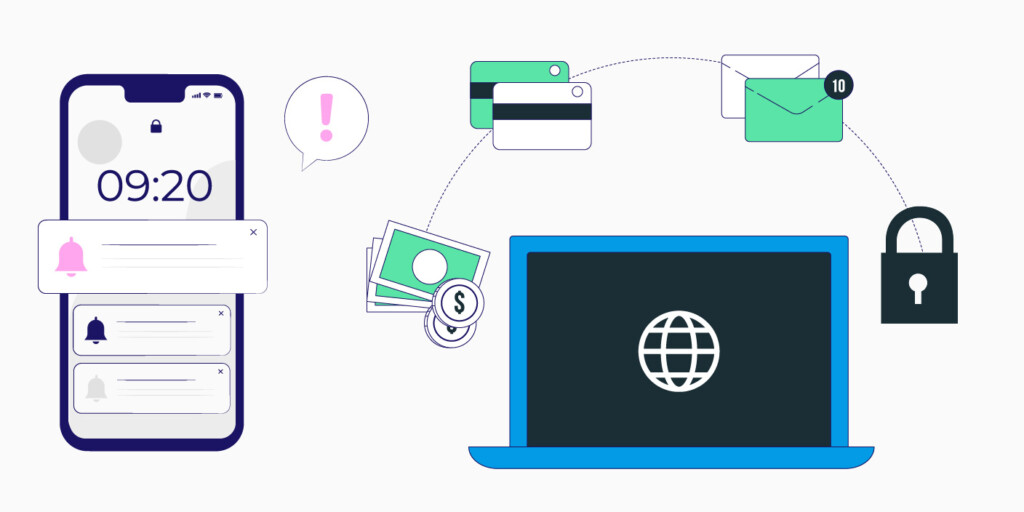
You should set up alerts and notifications for all kinds of actions, including login attempts, password changes, withdrawal requests, and more. Many platforms provide this feature for free, and it only takes a few minutes to enable it. For one, it’ll allow you to quickly detect any unusual or unauthorized activity and take immediate action to prevent any potential damage. But even if it’s something as simple as your own login from an unfamiliar location, an alert will give you peace of mind.
Think of alerts and notifications as your personal watchdog for your crypto accounts. Whether it’s a withdrawal request that you didn’t initiate or a login attempt from a device you don’t recognize, you always want to see your account activity in real time.
9. Avoid using public Wi-Fi
Public Wi-Fi networks are often unsecured, meaning that anyone who has the right tools and knowledge can intercept your data. When you use public Wi-Fi to open your crypto wallet, you’re essentially giving hackers a direct line to your funds. They can easily steal your login credentials, private keys, and other sensitive information.
To avoid this scenario, use a private, secure Wi-Fi network for anything that has to do with your wallet or exchange account. If you absolutely need to use public Wi-Fi, at least do it with a VPN to secure your data. Look for features like strong encryption, a no-logging policy, and a kill switch, which will automatically disconnect your device from the internet if it loses a VPN connection.
While you’re at it, make your home Wi-Fi more protected, too. Change the default login credentials for your Wi-Fi router, keep your devices updated, and enable a firewall.
10. Regularly monitor
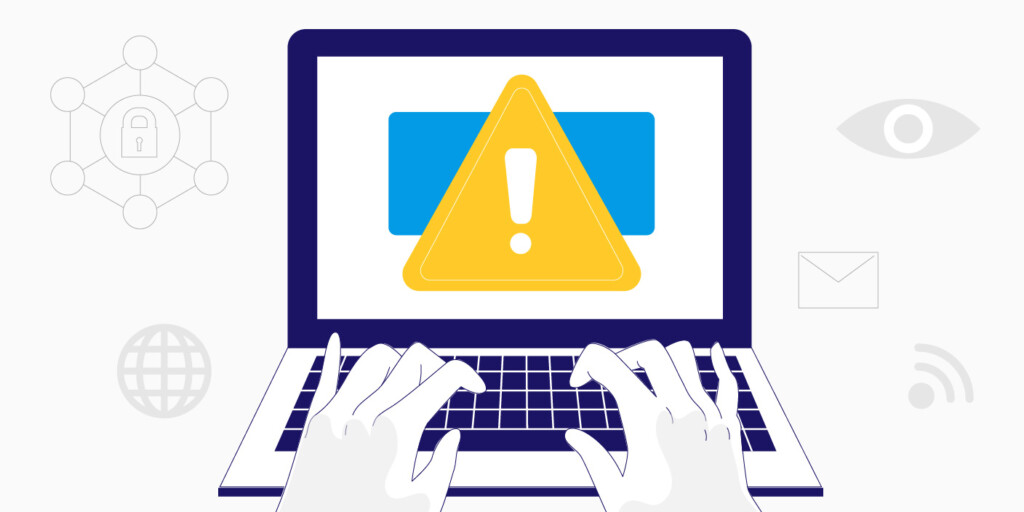
One aspect of monitoring is checking your wallet balances and transaction history on a regular basis. If you notice something unusual, quickly transfer your funds to a different wallet. It also helps to contact the provider to report any potential security breaches or vulnerabilities that you’ve observed.
In addition to that, monitor the news and online communities. This includes keeping an eye out for any reports of security breaches, malware attacks, or other threats that could impact your assets. Cyber threats and vulnerabilities are constantly evolving, and it’s in your best interest to be in the know.
Software updates or patches released by your provider are also a source of the latest information. These updates often include important security fixes, so it’s essential to install them as soon as possible. There will be at least one less vulnerability that may get exploited.
What about scams?
According to a June 2022 report from the U.S. Federal Trade Commission, “Nearly half the people who reported losing crypto to a scam since 2021 said it started with an ad, post or message on a social media platform.”
So far, the discussion hasn’t covered the topic of crypto scams. But they are also a very important topic when it comes to crypto security.
One common type of crypto scam is the phishing scam, where scammers create fake websites or emails that mimic legitimate crypto exchanges or wallets. You should be very careful when entering your information online and always double-check the URL of any website you are visiting.
You might have also heard about pump-and-dump schemes, where some creators promote a low-value cryptocurrency and then sell off their holdings once the price shoots up. There are other types of crypto scams, such as fake ICOs, Ponzi schemes, fake mining operations, and social media scams. All in all, scammers don’t lack ingenuity.
Here are a few recommendations to not fall victim to crypto scams:
- Never click on links from unknown or unverified sources.
- Be wary of any offers or giveaways that seem too good to be true, especially promises of huge returns for very little investment or effort.
- Never give out your personal or financial information through unsolicited messages or phone calls.
- Read reviews and check out the team behind any new project.
- When signing up for new platforms or exchanges, check for any regulatory licenses or certifications.
Summary: the safest way to store Bitcoin and other cryptocurrencies
Digital wallets are the most common method of storing cryptocurrencies. But since those are vulnerable to hacking, it’s essential to follow the best security practices and always keep an eye on your funds. There is, of course, an argument towards hardware wallets (physical devices that store your private keys offline), but they aren’t accessible to many and come at a steep cost.
In summary, storing cryptocurrencies safely requires a combination of technical measures such as strong passwords, two-factor authentication, and reputable exchanges and services, as well as broader considerations. Never cut corners when it comes to protection—and enjoy the benefits of this emerging asset class!
Sources:
Can cryptocurrency be hacked? Worldcoin
Password security best practices, Morgan Stanley
The real risks of public Wi-Fi: key statistics and usage data, Forbes
6 kinds of crypto scams and how to avoid them, CoinDesk


